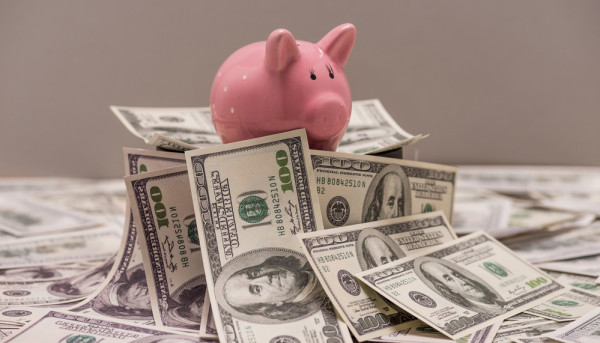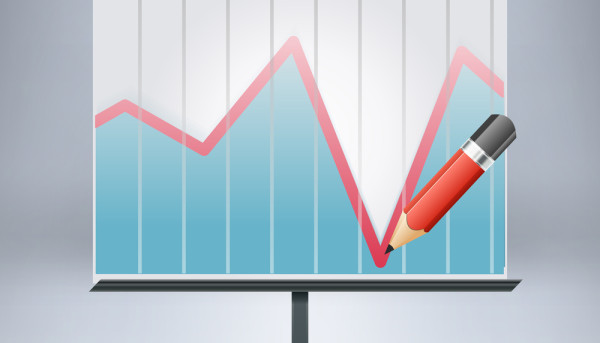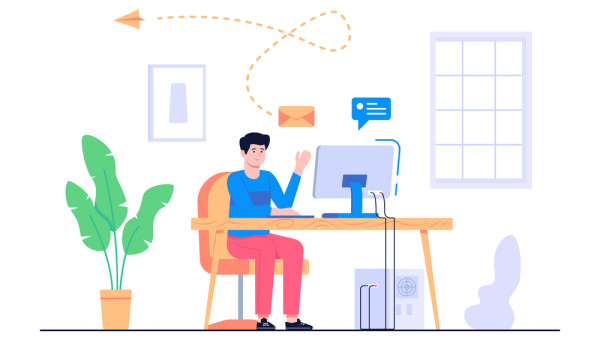Student Loan Forgiveness Options

Student Loan Forgiveness Options
Federal student loan forgiveness programs
If you have federal student loans and are facing financial difficulties, there are many options available to you. Federal student loan forgiveness is available under the Obama Student Loan Forgiveness Program and can be obtained through three different programs: Income-Based Repayment (IBR), Pay As You Earn (PAYE), and Revised Pay As You Earn (RSYE). In all three programs, you can qualify for loan forgiveness after 20 or 25 years of repayment.
Federal student loan forgiveness programs are generally not available to people who take out private student loans. However, the Biden Administration has focused on discharging student loans from for-profit colleges. These programs allow borrowers to defer payments for up to 10 years, but they do have some restrictions. It's best to contact your student loan service provider to learn about your eligibility for the forgiveness program.
Federal student loan forgiveness programs depend on several factors, including your type of work, your age, and whether or not the college defrauded you. You may also be eligible for an existing student loan forgiveness program, such as Public Service Loan Forgiveness (PSLF), which is available to full-time government and nonprofit employees.
Federal student loan forgiveness programs are also available for teachers. Teachers who work in nonprofit private schools and provide pre-kindergarten instruction can qualify for loan forgiveness. However, the program does not offer a 100% refund, and you may need to pay taxes on the forgiven loan amount. If you're eligible, you must prove that you were misled by the school about your financial obligations.
There are also several loan forgiveness programs for health professionals. These programs require a certain period of service in the field. For example, a teacher can apply for the Nurse Corps Loan Repayment Program, which covers up to 85% of unpaid nursing education debt. However, these programs are highly competitive. To qualify, you need to serve in a low-income school for at least two years.
Public Service Loan Forgiveness (PSLF) allows federal student loan borrowers to get their remaining loan balance forgiven tax-free after making 120 qualifying payments. The amount of qualifying payments does not need to be consecutive. If you're unsure about your eligibility, visit the Education Department's PSLF Help Tool to learn if you qualify.
Health professions that qualify for loan forgiveness
Many students have trouble making payments on their student loans, but there are programs that can help them. HRSA's Faculty Loan Repayment Program, for example, offers up to $40,000 in student loan repayment assistance. To be eligible, an applicant must have a history of financial hardship. In addition, many states offer loan repayment plans for physicians. These programs provide incentive pay for working in shortage areas and offer tax-free payments to help students make their monthly payments.
Public Service Loan Forgiveness is one program that can help you repay your student loans after working for the government for at least 10 years. In exchange for this, you must be working in the public sector and in an area that is considered underserved. Alternatively, you can also switch to a federal income-driven repayment plan, which will reduce your monthly payments and increase your loan forgiveness amount.
There are many programs that offer repayment assistance for health researchers, including physicians, nurses, and therapists. These programs are designed to help people build careers in the medical field. The federal government's Indian Health Service also offers a loan repayment program for health professionals who are working in indigenous health facilities. Under this program, up to $40,000 of your student loans is repaid, as long as you work in an area of shortage. In addition, you can renew your contract for additional benefits until your debts are paid off.
In addition to obtaining federal student loans, you can also obtain private loans for your health professions. While these loans are not federally guaranteed, they can be consolidated into a federal loan when you have completed your residency. During this time, you may also qualify for a federal Direct Consolidation Loan.
If you are interested in becoming a physician, you may have some questions about the amount of student loan debt you'll have to pay back. Even if you've received scholarships to pay for your education, you may still be wondering what you'll do with the remaining debt. There are several loan repayment plans available, including income-driven repayment and Perkins Loan forgiveness. However, be aware that some programs are based on federal student loans, while others will accept any qualified education loan.
State-level loan forgiveness programs
State-level student loan forgiveness programs are a way to help borrowers with student debt. These programs may offer partial or full loan forgiveness. They are regulated and must meet certain criteria. Currently, legislators in 18 states have introduced more than 30 student loan forgiveness bills. While most of these bills cap the amount of loan forgiveness for a single borrower, there are some programs that can provide full loan forgiveness.
One such program is the Nurse Loan Forgiveness Program, which assists nurse practitioners working in underserved communities. This program provides up to $200,000 in loan repayment assistance over the course of eight years. Additionally, the award amount provided to candidates is tax-free. Another program, the Minnesota Nurse Loan Forgiveness Program, provides repayment assistance to licensed nurses working in nursing homes, developmental disability centers, or disadvantaged areas. Applicants must commit to at least two years of service, and they must work for at least one of those years in a nursing home. During this time, each year, each eligible nurse receives $5,000 in loan repayment assistance. Over four years, they can receive a total of $20,000 in loan forgiveness.
The Federal Government has not yet ruled on whether state-level student loan forgiveness programs are taxable. However, the state's Legislature must decide on this issue by January. Currently, student loan forgiveness is not taxed in California or Arkansas, although the Indiana Department of Revenue confirmed to CNBC that it is taxable in that state.
In addition, there are other state-level student loan forgiveness programs. In California, the State Nursing Assumption Program of Loans For Education is a program for nurses that can provide up to $25,000 in loan repayment annually. In Alaska, the state's program is almost $27,000 per year, but the amount of repayment depends on the location of employment and the type of nursing position. Check your state's website for more information on these programs.
The State-level student loan forgiveness program can be used to eliminate some or all of your student loan debt. You must meet certain criteria to qualify, such as working in a government agency or not-for-profit organization. Some state-level loan forgiveness programs require that you pay income tax on the forgiven amount. Nursing professionals are particularly eligible for these programs because they receive funding from the federal government.
Public service loan forgiveness program
If you're struggling with federal student loan debt, you may be eligible to apply for the Public Service Loan Forgiveness Program. This program was created under the College Cost Reduction and Access Act of 2007 to help students get out from under the debt burden. However, you must work in full-time public service before your loan will be forgiven.
The PSLF is a federal program that was introduced in 2007. Those who enrolled by 2007 were eligible to have all of their student loans forgiven by 2017. Unfortunately, the program's success rate has been disappointing, with only a few people receiving forgiveness. The Biden administration made changes in the program on October 6, 2025, to streamline the process and encourage more workers to apply. The new process requires that participants make 120 qualifying payments during the program's first 10 years. But many have not been able to make those payments because of the complex logistics.
The new program will also offer more relief for those in the public sector. In addition to helping public servants who can't make their loan payments, it will also eliminate deferment payments. Before the new changes, only 3% of applicants received loan forgiveness. But as of August, this number has grown to 14.5%.
The Public Service Loan Forgiveness Program is a federal program that encourages people to pursue careers in public service. To qualify, applicants must work for at least ten years in a government or nonprofit job in an eligible field. To apply, use the PSLF eligibility tool. During the COVID-19 pandemic, there have been some temporary changes to the PSLF program.
The PSLF requires applicants to provide documentation of their employment. It is administered by MOHELA Servicing. Applicants must reapply every year and submit a new application when they change jobs. They can apply retroactively, too. But it is important to keep in mind that PSLF requires applicants to be full-time employees of qualifying employers.
In addition to PSLF, there are other student loan forgiveness options. However, you should consider applying only if you are truly interested in a public service career. If you don't find your passion in public service, you can still apply for a student loan refinancing option instead.











